More than seven months after the ceasefire with Israel came into effect, the issue of Lebanon's reconstruction remains unresolved, despite significant and urgent needs.
In its “Rapid Damage and Needs Assessment” (RDNA) study published in March 2025, the World Bank estimates post-conflict financial needs at $11 billion (or 39% of GDP), including reconstruction ($8.8 billion) and economic recovery efforts ($2.1 billion). Real estate accounts for 57% of the needs (or $6.3 billion) – 10% of housing units having been damaged or destroyed, followed by the commercial/industrial sector ($1.8 billion).
According to the World Bank, these two sectors will primarily benefit from private financing (which would cover a total of $6 to $8 billion).
Public funding ($3 to $5 billion) is expected to be primarily directed toward infrastructure and public services (water/sanitation, roads/bridges, electricity, health, education), as well as agriculture and the environment.
Unlike in 2006, immediately available funding is limited.
After the 2006 war, reconstruction began quickly thanks to multiple sources of financing (deposits and donations from Gulf countries, funds from Iran and Hezbollah, and the Paris III conference). The current situation is marked by a shortage of available funds, whether from public finances, donors and friendly countries, or informal flows.
The Lebanese authorities have not yet defined a reconstruction strategy.
On June 30, Parliament adopted a law granting exemptions from various taxes and fees for war-affected populations, particularly for buildings rendered uninhabitable due to damage, until rehabilitation work is completed. On the ground, the clearance and consolidation of debris, initiated by the previous government, are underway, and reconstruction work, including infrastructure (electricity, telecommunications), has begun in some areas.
In the absence of progress on banking reforms, international financial efforts for Lebanon’s reconstruction remain limited and scattered at this stage.
The current aid ecosystem in Lebanon relies on grant funding for multiple basic services projects, channeled through UN agencies and NGOs. However, bilateral aid from several countries (starting with the United States) is currently experiencing a downward trend, allowing only partial redeployment toward reconstruction. In this context, the adoption of an IMF program appears essential to remobilize international aid and direct a portion of it toward reconstruction needs.
On June 24, the World Bank approved the Lebanon Emergency Assistance Project (LEAP), aimed at contributing to the reconstruction effort through a $250 million loan, which will be supplemented by contributions (including from France), preferably in the form of grants, to reach $1 billion.
The LEAP project is expected to finance the circular management of debris, the restoration of critical infrastructure and public services, and their reconstruction. The project’s approval initiated the reform process of the Council for Development and Reconstruction (CDR), responsible for its implementation, through the appointment of a fully-fledged board of directors, the creation of an autonomous management unit, and a commitment to reengineering procedures.
In a context of uncertainty regarding the level and timing of contributions, the LEAP project relies on a mechanism for geographically prioritizing interventions to maximize their short-term impact.
Source: French Embassy in Lebanon


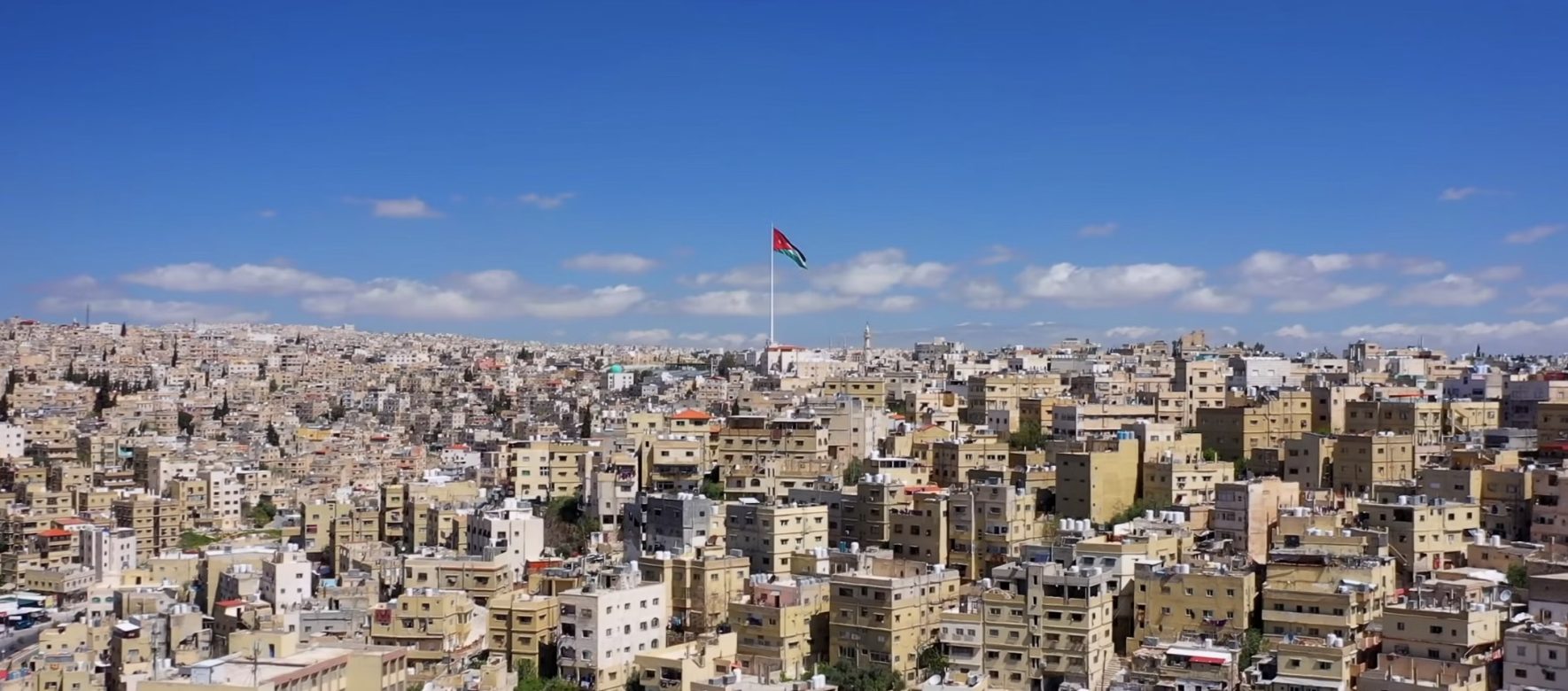
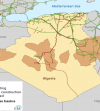
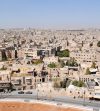
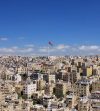

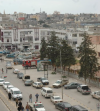
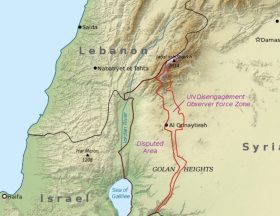
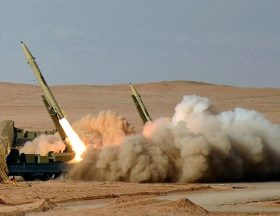
Réagissez à cet article